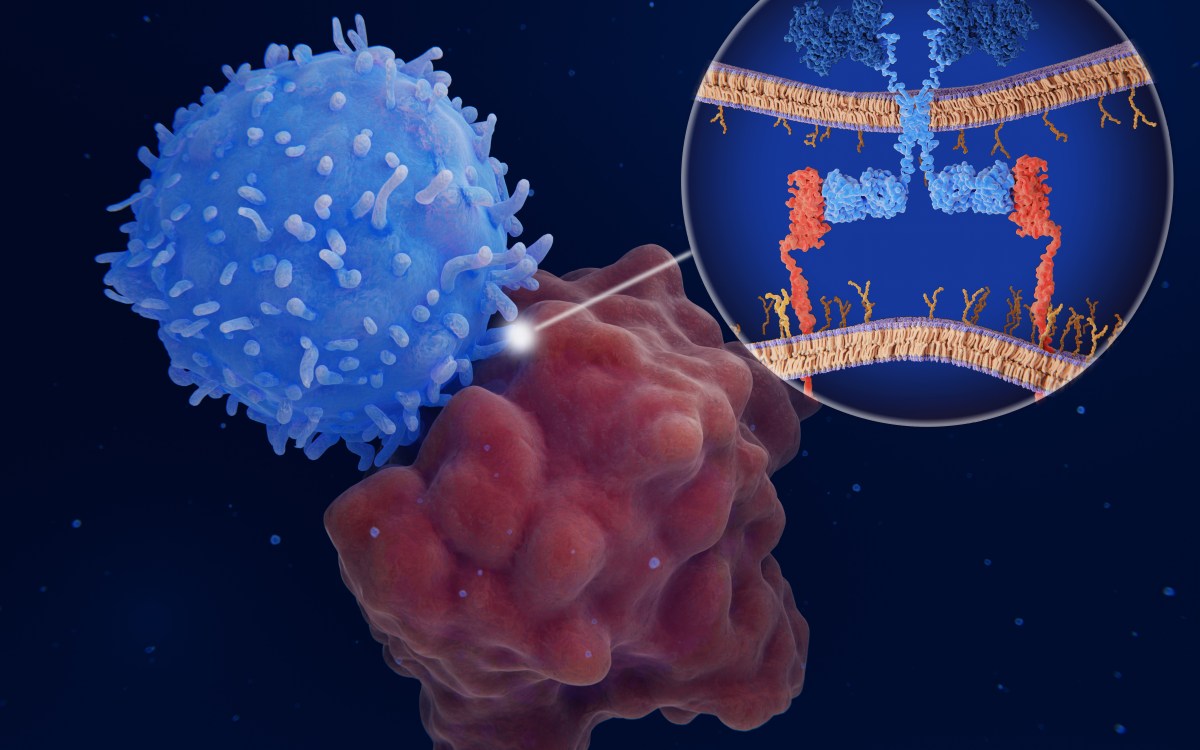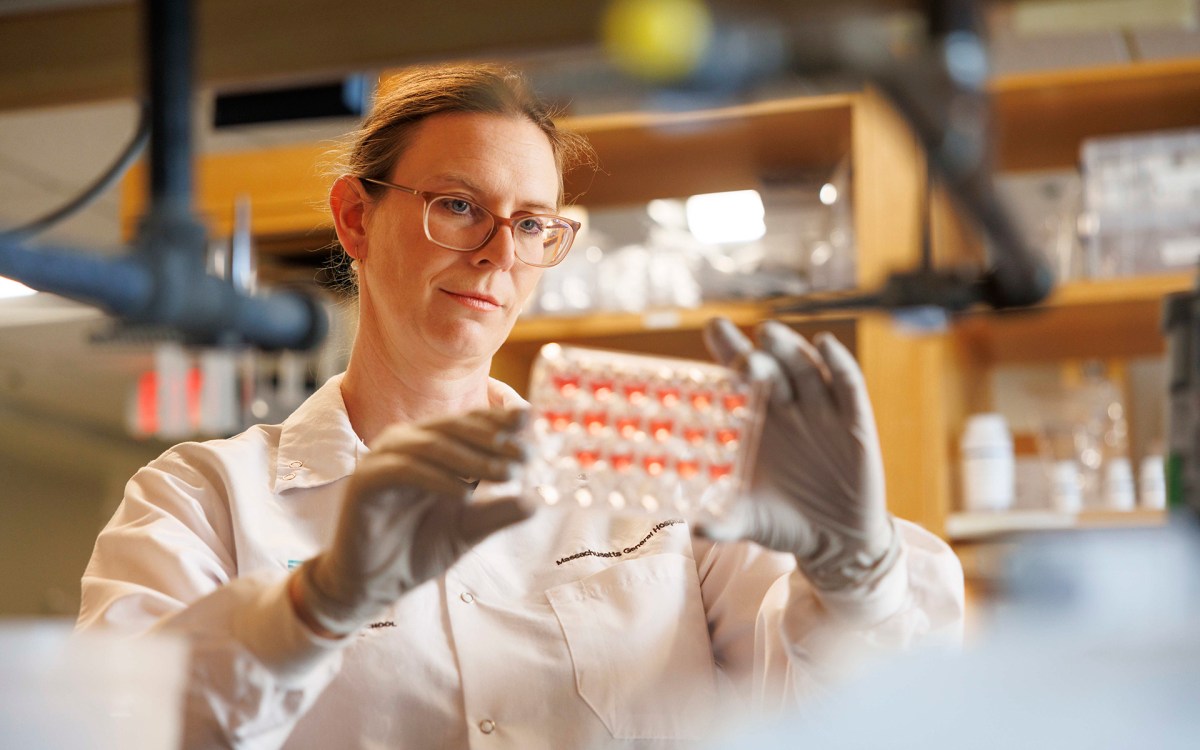Science illuminates art
Dual nature of seeing accounts for brain’s double take on visual world
Monet and other painters exploited the parallel visual processing of color and brightness. A sunset seems to shimmer, a field of poppies seems to wave, and a river seems to flow when there is a disconnect between the color and luminance pathways, according to a book, Vision and Art: The Biology of Seeing, by Margaret Livingstone, Harvard Medical School professor of neurobiology. Art implies a personal, unanalyzable creative power, but Livingstone finds plenty to analyze about how various works of art — and Impressionist paintings in particular — reflect different properties of the visual system. “Art depends ultimately on our brains,” says colleague David Hubel, who has worked with Livingstone for 27 years and wrote the foreword for her book. “By understanding what goes on in our brains when we look at a work of art, we can hope to deepen our appreciation of both the art and science.”





